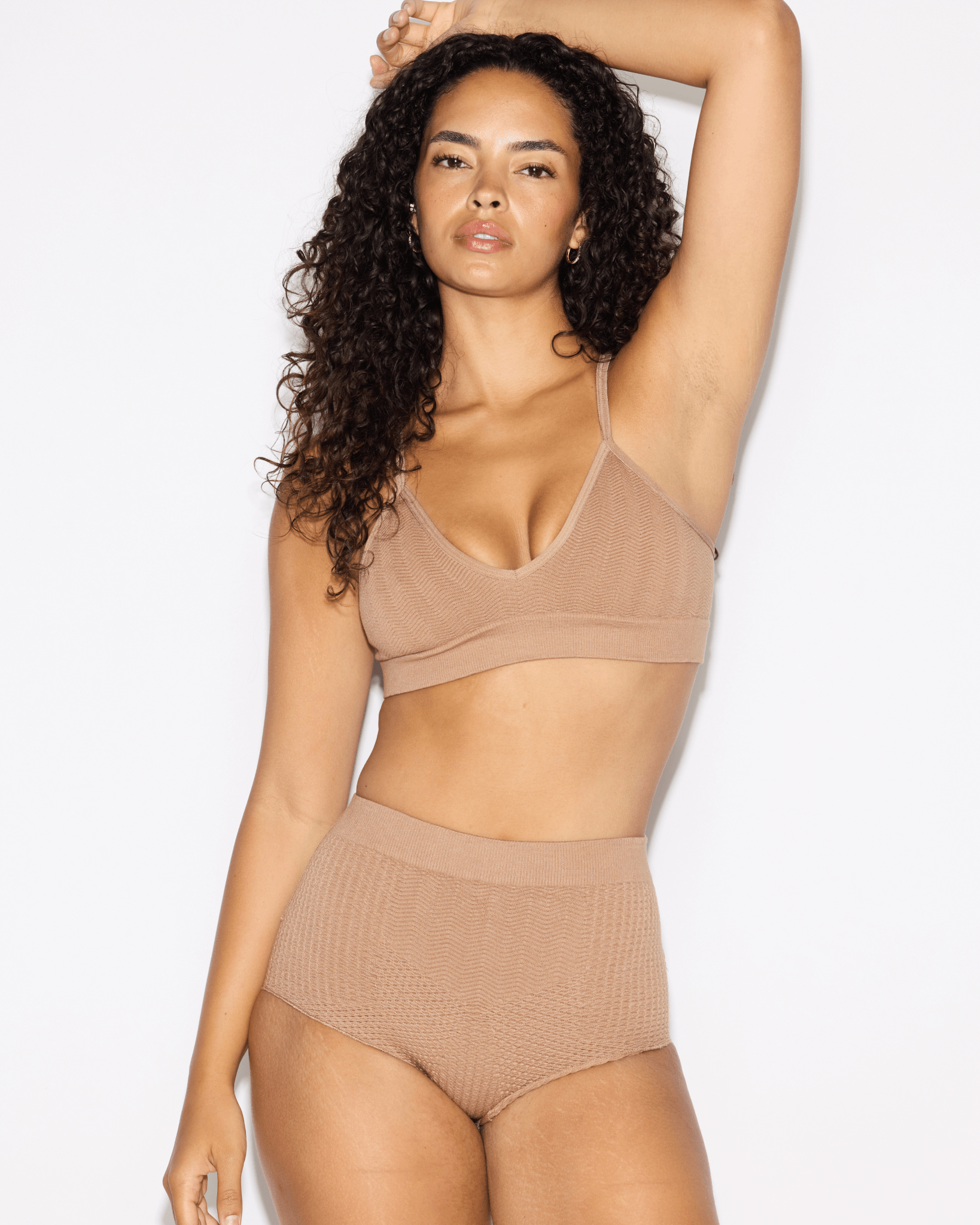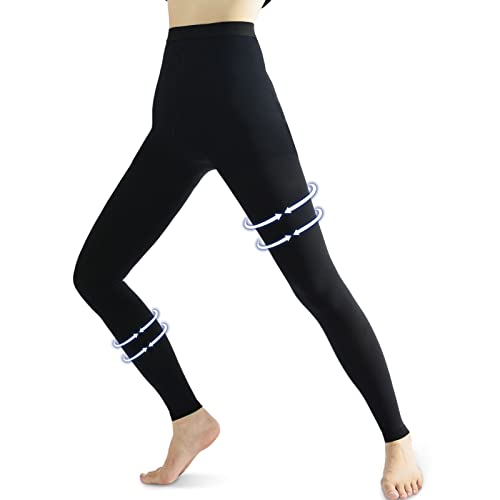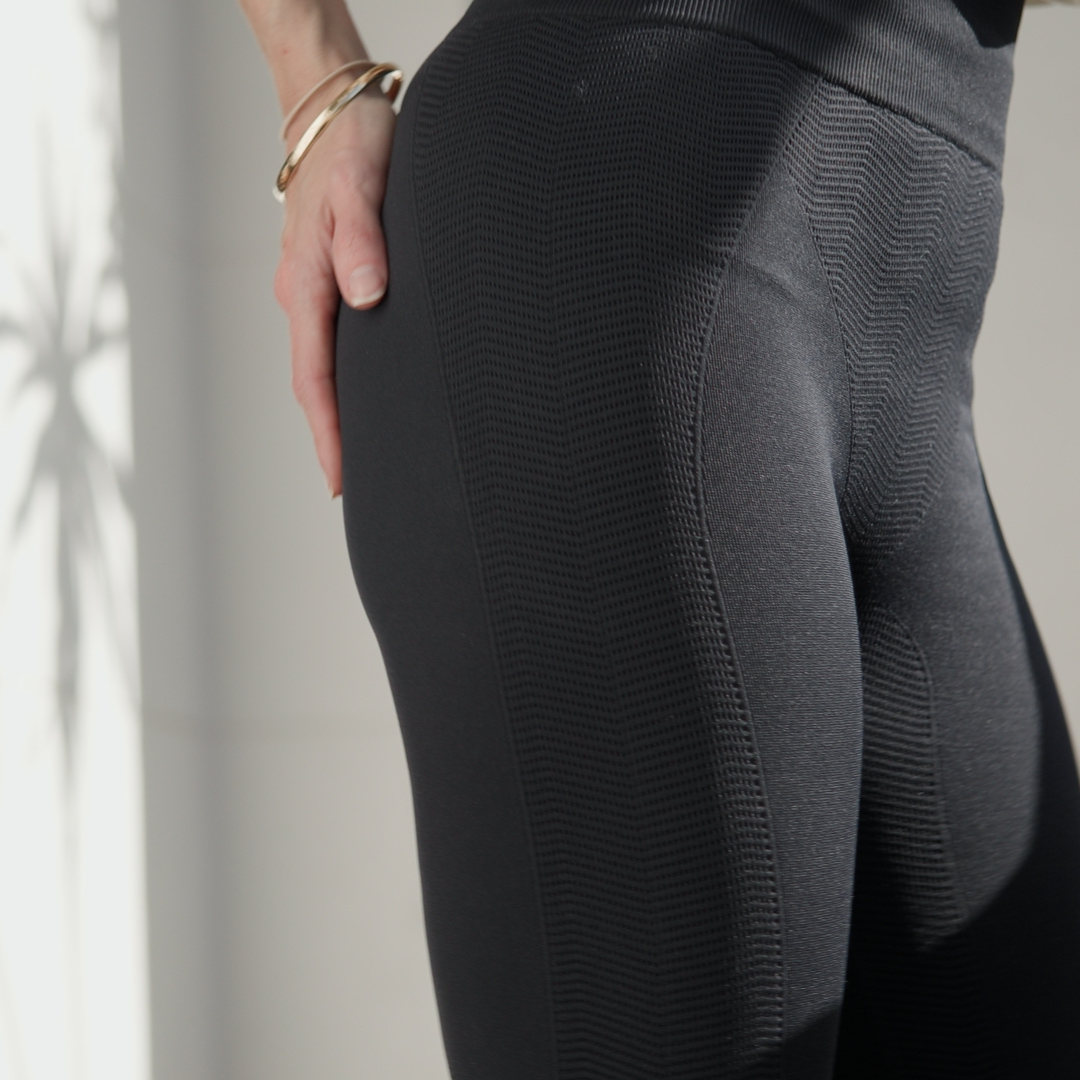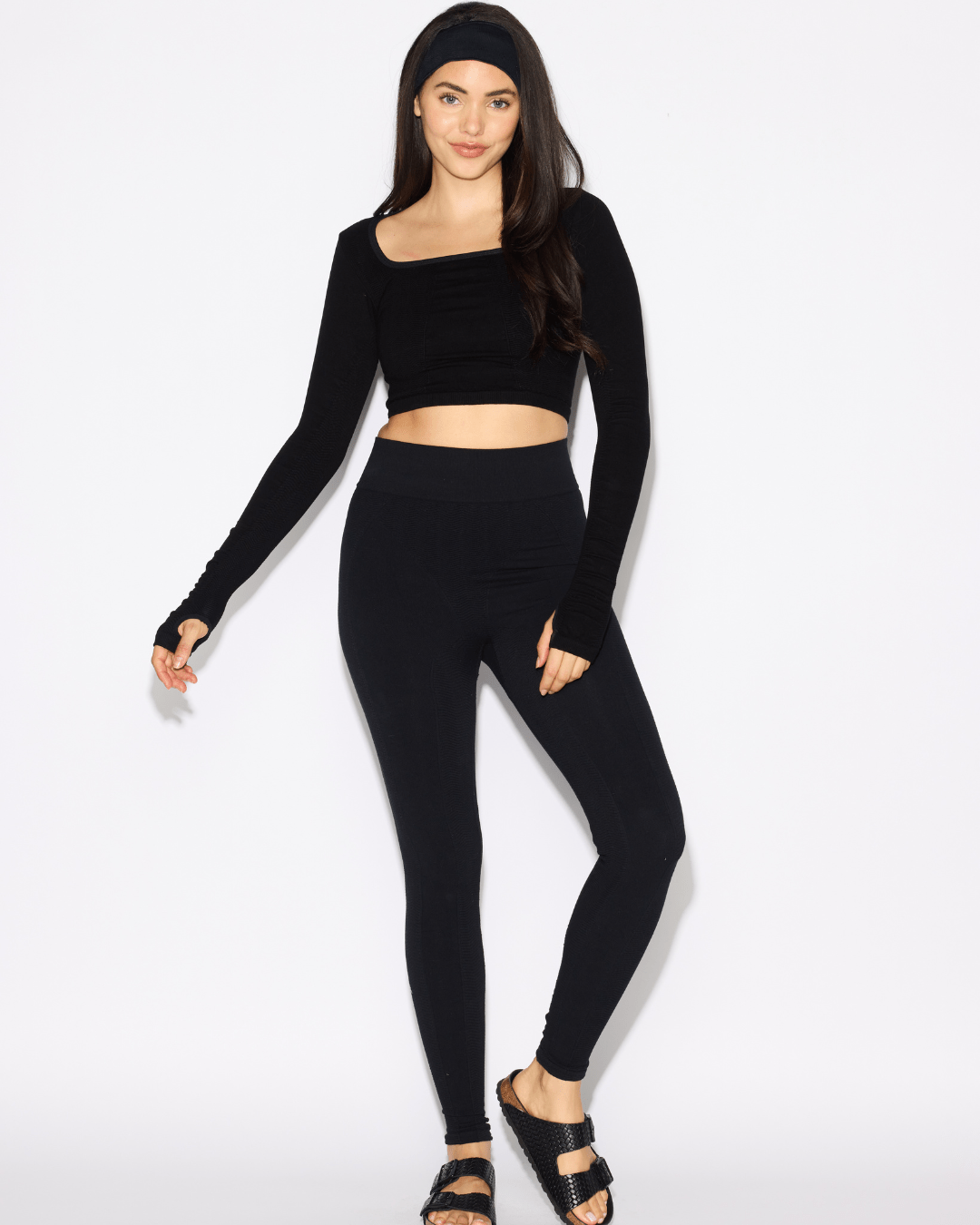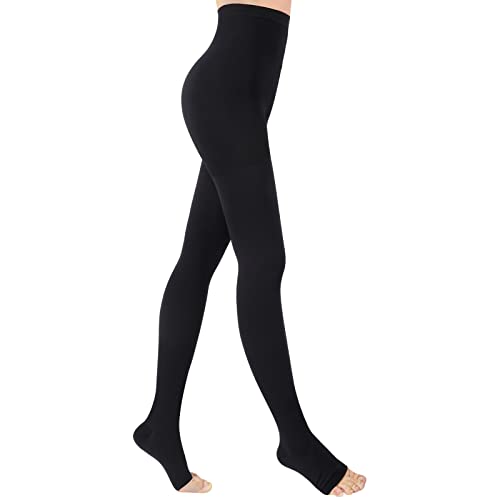Are Compression Garments for Lymphatic Drainage Massage the Future of Wellness?
Maybe a snatched physique is as simple as a full-body stocking.
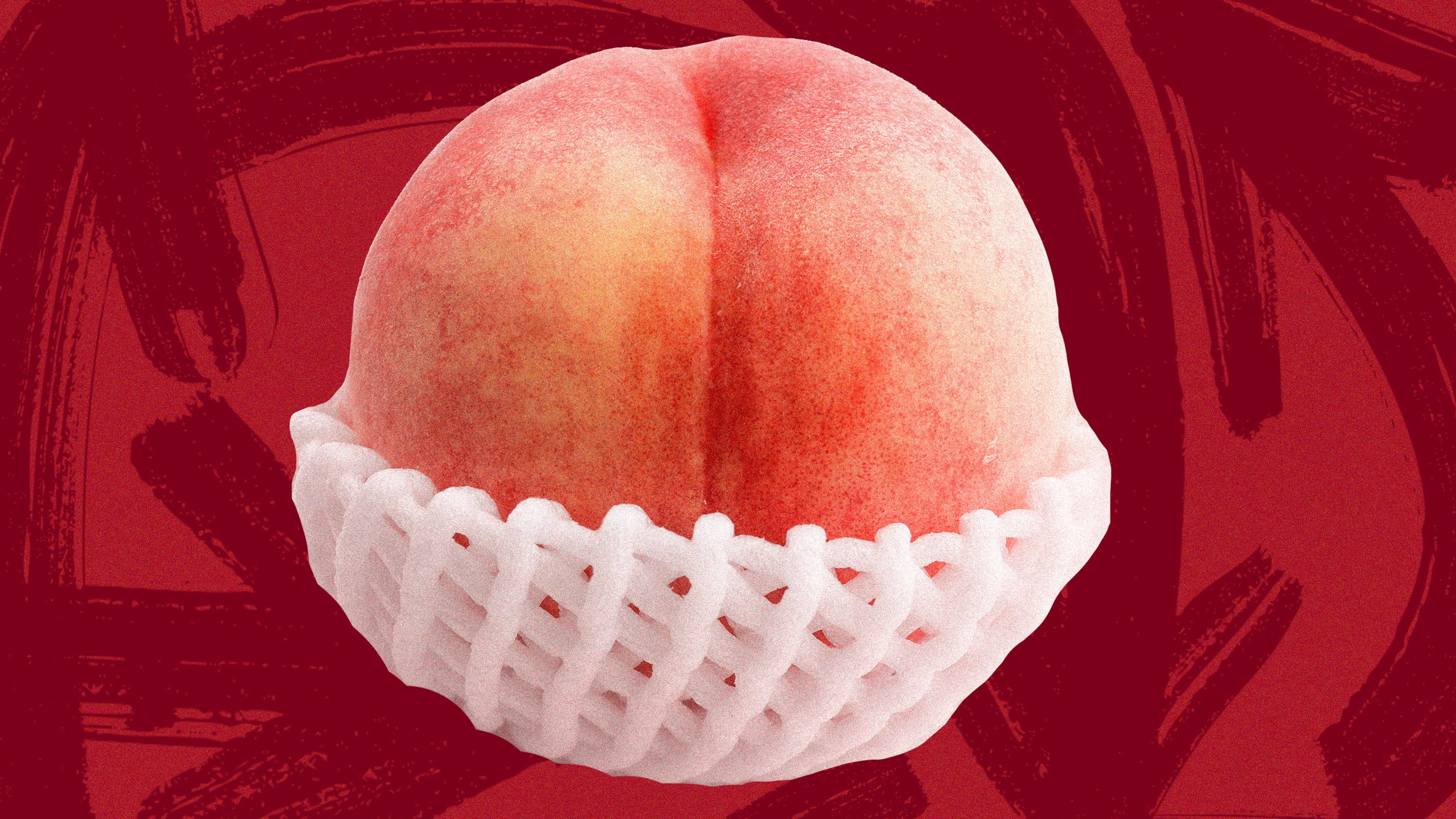

There’s been a lot of chit chat around lymphatic drainage lately, whether it’s TikTok videos about manually stimulating your lymph flow or the rise of massage studios like The Tox popping up across the U.S. But recently, more and more brands like Cean have emerged, promising to do the work for you via clothing that claims to stimulate the lymphatic system. Instead of undergoing a physical massage or at-home lymphatic drainage routine, these garments (from underwear to full onesies) tout patented compression technology and targeted 3D pressure patterns to encourage healthy lymphatic flow, which can potentially benefit sluggish systems, sedentary lifestyles, and even conditions like chronic fatigue or PCOS.
It all sounds a little too good to be true in my opinion, which is why I asked board-certified experts to break down how the lymphatic system works, what these suits actually promise, and whether they can deliver these types of impressive results. Does a compression garment hold the secret to a less bloated, more sculpted physique? Keep scrolling to learn more about "wearable lymphatic massage."
What Is the Lymphatic System?
According to oncology lymphedema therapist Angela Bradley, MPT, CLT-ALM, the lymphatic system is a complex and vital part of the body that can be negatively impacted by a range of health issues. Think of it as your body’s drainage and defense network. You’ve probably seen influencers touting the benefits of lymphatic drainage massage on TikTok, but at its core, the system works to keep swelling in check by collecting excess fluid from tissues and returning it to the bloodstream, circulating white blood cells to fight infection, and filtering out toxins, waste, and abnormal cells.
Lamees Hamdan, MD, an integrative medical doctor, explains that the system’s purpose is twofold: detoxification and defense. “It keeps our tissues balanced by preventing fluid buildup, while also acting as a surveillance system for pathogens, ready to trigger an immune response when needed. It also helps destroy old or abnormal cells your body doesn’t need,” she says.
This intricate network of organs, vessels, and tissues runs throughout the body, with clusters of lymph nodes concentrated in the neck, underarms, and groin. It also plays a central role in immunity, producing and circulating lymphocytes (a type of white blood cell) and other immune cells. Yet, as Bradley points out, “unlike other systems, it does not have the ability to repair itself. Once an area has been damaged from surgery, radiation, or trauma, it cannot heal on its own.” That’s why directing lymphatic fluid back toward the heart and lymphatic ducts regularly and consistently is essential to keeping the system functioning well.
What's the Purpose of Compression Garments?
Compression wear has been around for years, like those brightly colored compression socks that are designed for long-haul flights to help prevent swelling. But brands like Cean and Heat Healer promise more than just standard compression. Lauren Dovey, the founder of both brands, says they were born out of her own health challenges. "I’ve always dealt with lymphatic sluggishness, PCOS, and circulation issues, and while medical-grade compression helped physically, I couldn’t find a single option that I actually wanted to wear or felt comfortable in,” she tells me. “The category was dominated by clinical or shapewear-style garments that felt restrictive, outdated, sweaty, and disconnected from how I wanted to feel in my clothes.”
Frustrated by the lack of options, Dovey spent over a year developing Cean with a U.S. manufacturer to create a new kind of textile that is soft, silky, and breathable—qualities often missing from restrictive garments. From there, she layered in Cean’s patented lymphatic pressure pattern, certified graduated compression, and a refined fashion silhouette. The result is a line of pieces that look like elevated wardrobe staples but quietly work beneath the surface, improving circulation, reducing inflammation, and supporting lymphatic drainage. They can also help manage common symptoms tied to circulation and lymphatic issues, such as fluid retention, bloating, and swelling.
Get exclusive access to fashion and beauty trends, hot-off-the-press celebrity news, and more.
Since launching in 2025, Cean has built a loyal following of customers who say the pieces help them feel lighter, less puffy, and more supported, whether on long-haul flights or as part of their daily wardrobe. The brand recommends up to 16 hours of wear per day for its more compressive leggings and onesie, with lighter pieces designed for even longer use. “The throughline is that the garments feel good and do good without compromising style,” Dovey says.
Clinically speaking, the foundation of both Cean and Heat Healer is rooted in decades of medical use. Graduated compression and 3D massage stimulation are well-documented to improve circulation, reduce inflammation, and support lymphatic drainage. “My innovation was in bringing this science into a wearable system that blends clinical-level results with everyday fashion,” Dovey explains. Heat Healer’s infrared yarn is already backed by 10 peer-reviewed studies, while Cean is preparing to launch its own clinical trial focused on fluid retention, circulation, and cellulite to further validate early customer feedback.
Do These Garments Actually Move Your Lymph?
Cean garments use patented 3D pressure patterns that claim to mimic manual lymphatic massage by guiding fluid toward lymph nodes. Heat Healer, meanwhile, layers in graduated compression—24.4 mmHg at the ankles, easing to 15.5 mmHg at the thighs. (For context, mmHg is a medical unit that measures pressure; here it reflects the amount of squeeze applied to help fluid and blood move upward.) This gradual shift creates a pumping effect that reduces fluid retention, boosts circulation, and can create a smoothing effect on skin.
So how is this different from Spanx? Dovey explains: “Shapewear compresses. CEAN supports. Most shapewear is designed to hold you in, often restricting blood flow and pressing against the digestive tract. CEAN works the opposite way. Our garments are mapped to follow your body’s natural flow, especially your lymphatic and digestive systems. Instead of restricting, they apply graduated pressure to encourage movement, drainage, and circulation while still delivering a sculpted, elevated look.”
Graduated compression and 3D massage stimulation are well-documented to improve circulation, reduce inflammation, and support lymphatic drainage.
According to Dr. Hamdan compression garments work by making your muscles push harder against the tight fabric, which strengthens contractions and helps lymph fluid drain more effectively. For clarity: lymphatic fluid is excess fluid that collects in tissues; during compression it’s nudged into larger lymphatic vessels, funneled through the thoracic duct, and eventually drained back into the bloodstream, where the liver and kidneys process the waste.
Dr. Hamdan notes that compression can be particularly helpful for people with circulation issues, swelling at the end of the day, or conditions like lymphedema (a buildup of lymph fluid, often after surgery), venous insufficiency (when valves in the veins don’t properly return blood to the heart), or post-surgery recovery. “If you’re standing all day, like a surgeon or a security guard, compression can help prevent varicose veins and reduce swelling,” she says. For healthy individuals, the benefits are often temporary—your legs may feel lighter or look more sculpted while you’re wearing them, but once you take them off, fluid can pool again if you’re sedentary.
As for Heat Healer’s added benefit, the line uses infrared yarn technology, which Dovey says is supported by 10 peer-reviewed studies showing improvements in recovery, circulation, and even sleep. “Heat boosts circulation by bringing more blood, oxygen, and nutrients to the area,” Dr. Hamdan adds, “which can support recovery and reduce feelings of heaviness.”
Potential Risks of Compression Garments
Dr. Hamdan cautions that if you experience any numbness or tingling while wearing compression garments, you should stop immediately, as it may mean blood circulation is being restricted. She also notes that daily wear can sometimes cause skin sensitivities, dermatitis, ingrown hairs, or even pilonidal cysts. And while compression and lymphatic drainage can be beneficial, there are situations where they should be avoided.
“During pregnancy, lymphatic massage can often be helpful for reducing swelling, but it should only be performed by a trained professional and with clearance from a doctor,” she explains.
The same caution applies during illness. “I don’t recommend a lymphatic drainage massage during an active infection,” Dr. Hamdan says, “because stimulating lymph flow could spread the infection to other parts of your body.”
So, Should You Try Compression Garments?
Compression garments, whether from brands like Cean with patented technology or more traditional options like compression socks, are not a miracle cure. Still, they can be helpful in certain situations, such as reducing swelling after a long euro-summer flight, supporting circulation post-surgery, or preventing varicose veins in people who spend hours on their feet. In these cases, compression leggings can help keep valves strong and functioning properly, Dr. Hamdan says.
Even so, manual stimulation of the lymphatic system and regular movement remain necessary, no matter what you wear. “Movement is key,” she emphasizes. “We need to educate people about moving their legs every 30 minutes. That action pumps blood back into the heart, and those muscle contractions also help move lymph upward.”
Ultimately, she adds, the focus should be on root causes. “What is causing your legs to be swollen? Is it too little hydration? Too much salt in your diet? Too little movement? Sometimes simply putting your feet above your heart at the end of the day can help drain the excess fluid back.”
At the end of the day, compression wear can give you a boost, and it finally comes in more stylish options than the hot pink pineapple socks you pull out for every long-haul flight. But it will never replace the basics. Drinking water (somehow always the answer), moving regularly, and manually stimulating the lymph nodes through massage, either at home or with a professional, are what truly keep the system flowing. Still, don’t be surprised if I slip into my Cean underwear hours before every Hinge date.
Shop Compression Garments
Why Trust Marie Claire
For more than 30 years, Marie Claire has been an internationally recognized destination for news, fashion, and beauty trends, investigative packages, and more. When it comes to the products Marie Claire recommends, we take your faith in us seriously. Every product that we feature comes personally recommended by a Marie Claire writer or editor, or by an expert we’ve spoken to firsthand.
Meet the Experts

Dr. Lamees Hamdan is an Integrative Medical Doctor and founder of Timebeam Beauty. She completed her fellowship in Integrative Medicine at the University of Arizona and a graduate of the Royal College of Surgeons in Ireland.

Angela C. Bradley, MPT, CLT-ALM, is a licensed physical therapist at Texas Breast Specialists, Austin Midtown. She provides specialized care with a focus on helping patients restore mobility, improve quality of life, and manage lymphedema through advanced therapeutic techniques. Angela earned both her bachelor’s degree and Master of Physical Therapy from the University of Texas at San Antonio. She is also certified in lymphedema management (CLT-ALM), bringing advanced training and expertise to support patients before, during, and after cancer treatment.

Lauren Dovey is the founder of Heat Healer, a Kourtney Kardashian–approved wellness brand, as well as Cean, a line of lymphatic drainage wearable wellness clothing.

Iman Balagam is a New York-based freelance writer with several years of experience covering the beauty industry. Balagam's writing has been featured in editorial outlets like Cosmopolitan, Teen Vogue, Byrdie, and Harper's Bazaar.
